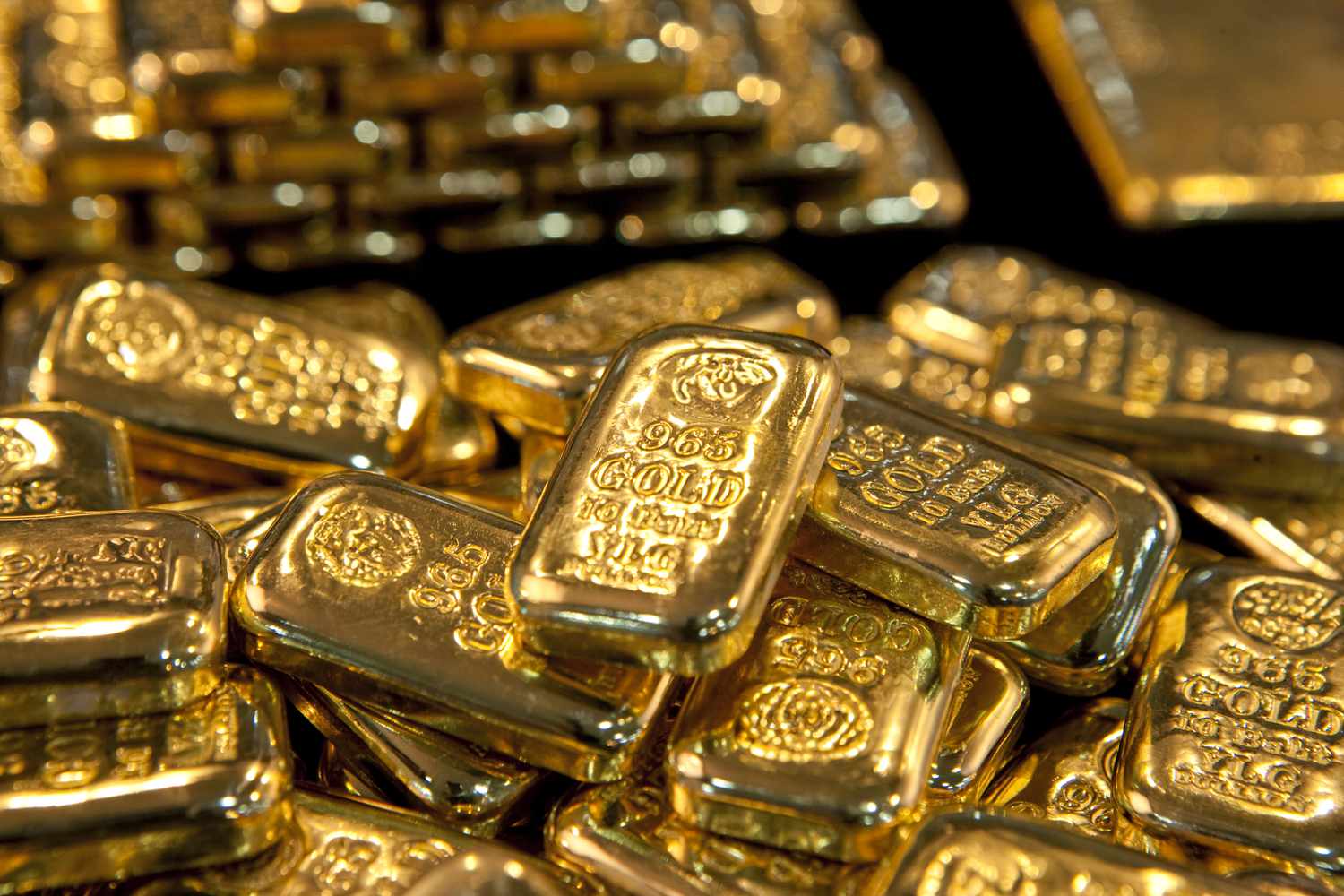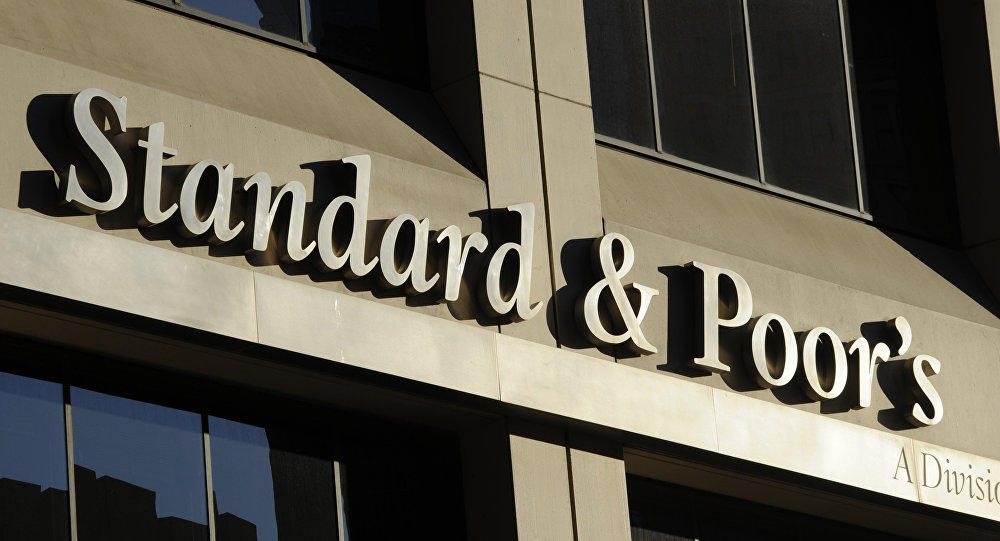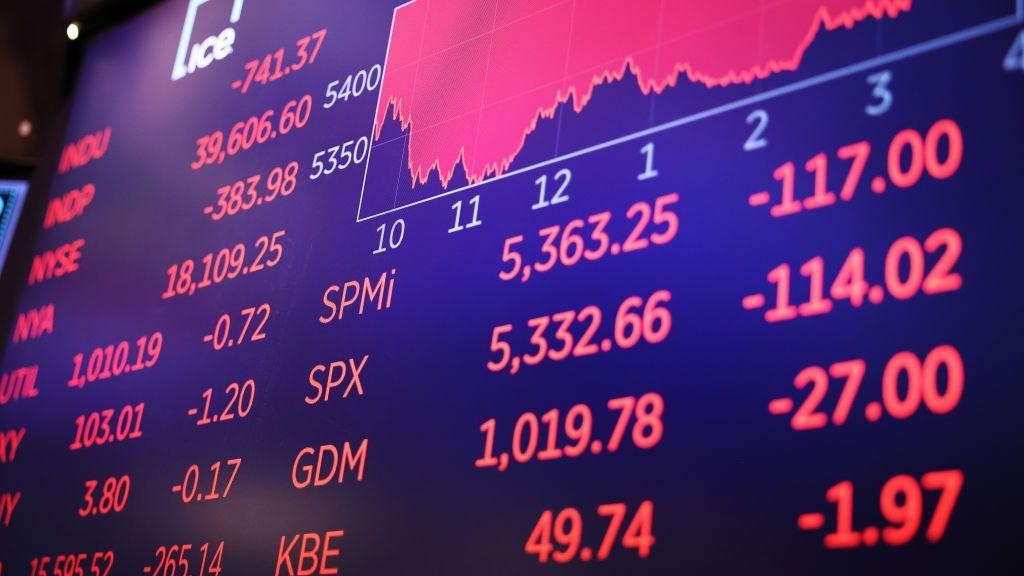The Secret Behind Gold’s Stability Amid Monetary Policy Volatility… What Are Investors Waiting For?

Rania Gule
Amid financial market volatility and the complex interplay of economic and political influences, gold continues to exhibit behaviour that leans more toward caution than decisiveness, hovering around the \$3,300 per ounce level without establishing a clear upward or downward trend. This superficial stability masks a complex tug-of-war between supportive and opposing forces, making the current landscape a battleground for divergent expectations and calling for a deeper analytical reading beyond moment-to-moment price tracking.
The broader environment does not provide gold with traditionally stable conditions. Despite a sharp drop in durable goods orders, the US dollar remains supported by other macroeconomic indicators, most notably, a surge in consumer confidence, which has risen at its strongest pace in four years. Although this jump was unexpected, it reflects a wave of optimism that, while potentially temporary, is enough to bolster the dollar’s strength. Naturally, this puts pressure on gold, which is a non-yielding asset. In such environments, investors tend to favour higher-yielding assets, especially if those returns are tied to a currency still regarded as the world’s premier monetary haven.
However, the flip side of this narrative reveals the fragility behind the apparent optimism. Trump’s postponement of proposed tariffs on the European Union may have partially calmed markets, but the roots of trade and political tension remain, be it the ongoing strains with China or the escalating Russian aggression in Ukraine. From my perspective, these geopolitical factors cannot be ignored for their long-term impact, as they sustain gold demand from a purely hedging standpoint, even if that demand is currently overshadowed by short-term capital flows into the dollar.
Meanwhile, the backdrop of US fiscal policy presents another potential pillar of support for gold. Trump’s massive fiscal agenda, which threatens to accelerate the deficit, raises real concerns about America’s financial sustainability—concerns that have traditionally underpinned the value of gold. Should this agenda be approved, the market’s response may become more pronounced over the medium term, especially if it coincides with signals from the Federal Reserve about further interest rate cuts.
Moreover, the anticipated rate cuts by the Federal Reserve in 2025 remain the most sensitive driver for markets. Any hints from the FOMC meeting minutes will be closely watched, as US interest rates continue to be the primary factor influencing the direction of the dollar—and therefore, gold. In my opinion, the likelihood of at least two rate cuts in 2025 remains high, particularly given signs of easing inflationary pressures. In this context, gold becomes a candidate for gradual upward movement, not due to immediate demand, but rather based on market pricing of a potentially more accommodative monetary environment.
Yet, one must not overlook the behavioural aspect of investors. The evident cautiousness, despite some positive indicators, shows that markets are still waiting for clearer signals before taking major positions in gold or currencies. History suggests that such periods of anticipation often end with sharp price movements—either upward or downward—depending on the nature of the awaited event. In this case, the FOMC minutes and the PCE index data are the key events. Should the data come in below expectations or the minutes carry a dovish tone, we may witness a swift breakout in gold prices to the upside.
On the other hand, it must be acknowledged that gold has so far failed to capitalise on this mix of concerns and catalysts to establish a clear rally. This may reflect a temporary balance between opposing forces—or perhaps a sign that investors are reassessing the concept of gold as a haven in light of new geopolitical complexities and modern markets driven by rapid trading and reaction. My view is that gold has not lost its status, but is currently in a phase of “tactical silence,” awaiting the true turning point that will reshape its overall direction.
All in all, I believe that gold’s current stability does not reflect weakness as much as it reveals the complexity of surrounding variables. The smart investor at this stage is not the one who predicts momentary moves, but the one who bases decisions on a comprehensive reading of the broader picture, while remaining prepared for a potential breakout in either direction. From my perspective, the general trend for gold in the second half of 2025 is likely to be upward, but in a slow and intermittent fashion, driven by cautious responses to shifts in US monetary policy and the ongoing impacts of global political and financial crises.
Gule is Senior Market Analyst at XS.com – MENA




